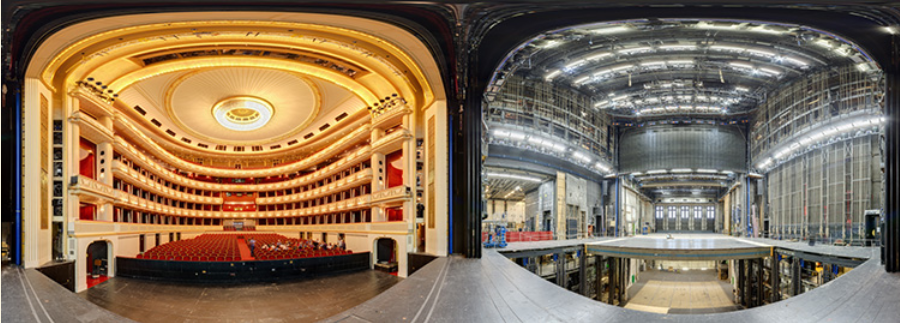

He also strengthened the ensemble and regular principal singers and introduced the policy of predominantly engaging guest singers. Herbert von Karajan introduced the practice of performing operas exclusively in their original language instead of being translated into German. However, Mahler's reforms were maintained by his successors. Mahler also introduced the practice of dimming the lighting in the theatre during performances, which was initially not appreciated by the audience. During his tenure (1897–1907), Mahler cultivated a new generation of singers, such as Anna Bahr-Mildenburg and Selma Kurz, and recruited a stage designer who replaced the lavish historical stage decors with sparse stage scenery corresponding to modernistic, Jugendstil tastes. Gustav Mahler was one of the many conductors who have worked in Vienna.

It was built in the Neo-Renaissance style by the renowned Czech architect and contractor Josef Hlávka. Work commenced on the house in 1861 and was completed in 1869, following plans drawn up by architects August Sicard von Sicardsburg and Eduard van der Nüll. The opera house was the first major building on the Vienna Ringstrasse commissioned by the Viennese "city expansion fund". The Vienna State Opera is the successor of the Vienna Court Opera, the original construction site chosen and paid for by Emperor Franz Joseph in 1861. It became known by its current name after the establishment of the First Austrian Republic in 1921. The opera house was inaugurated as the "Vienna Court Opera" (Wiener Hofoper) in the presence of Emperor Franz Joseph I and Empress Elisabeth of Austria. It was built from 1861 to 1869 following plans by August Sicard von Sicardsburg and Eduard van der Nüll, and designs by Josef Hlávka. The 1,709-seat Renaissance Revival venue was the first major building on the Vienna Ring Road.


 0 kommentar(er)
0 kommentar(er)
